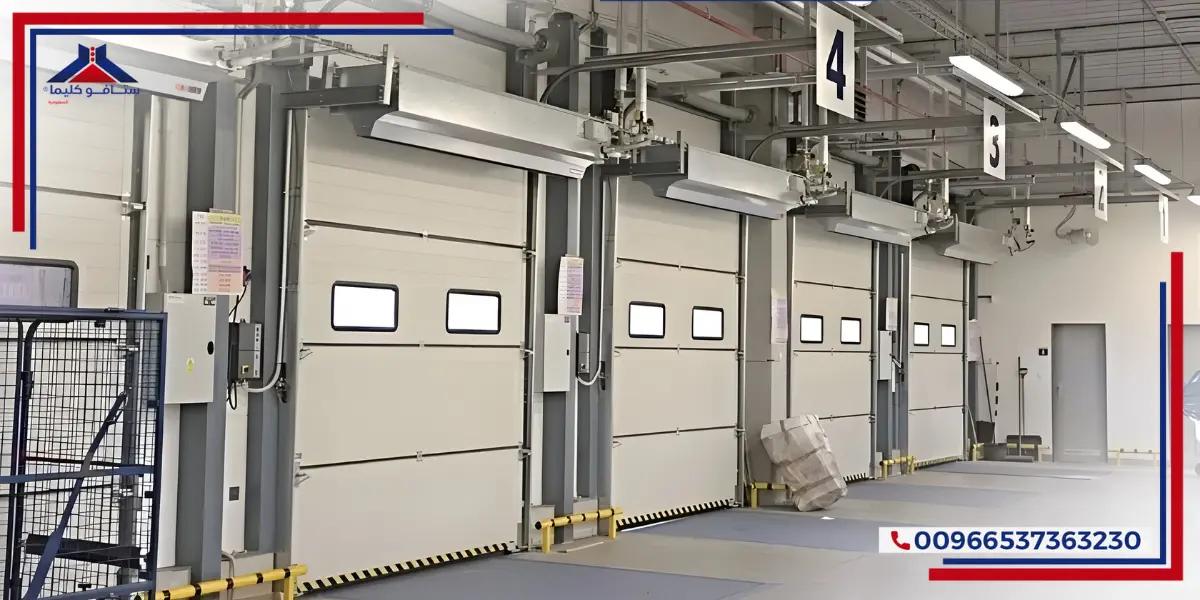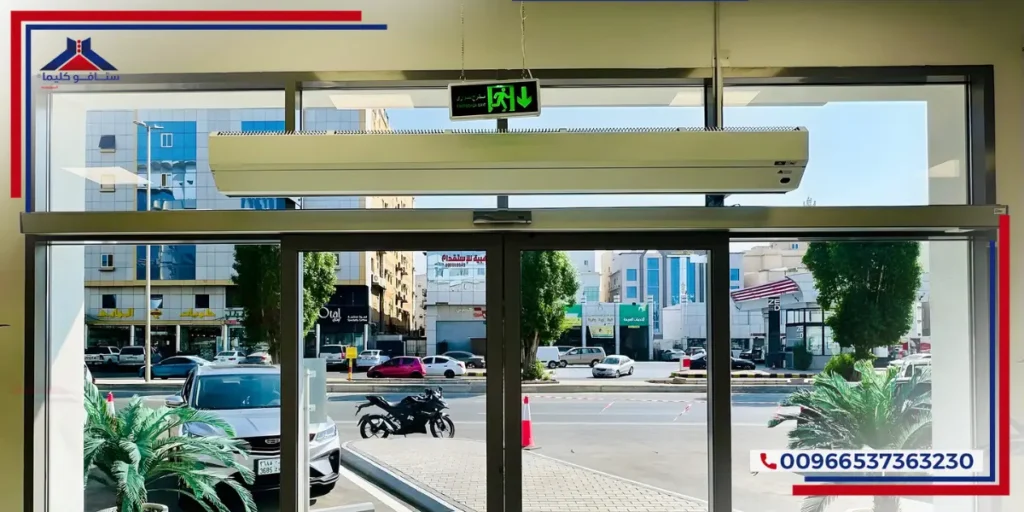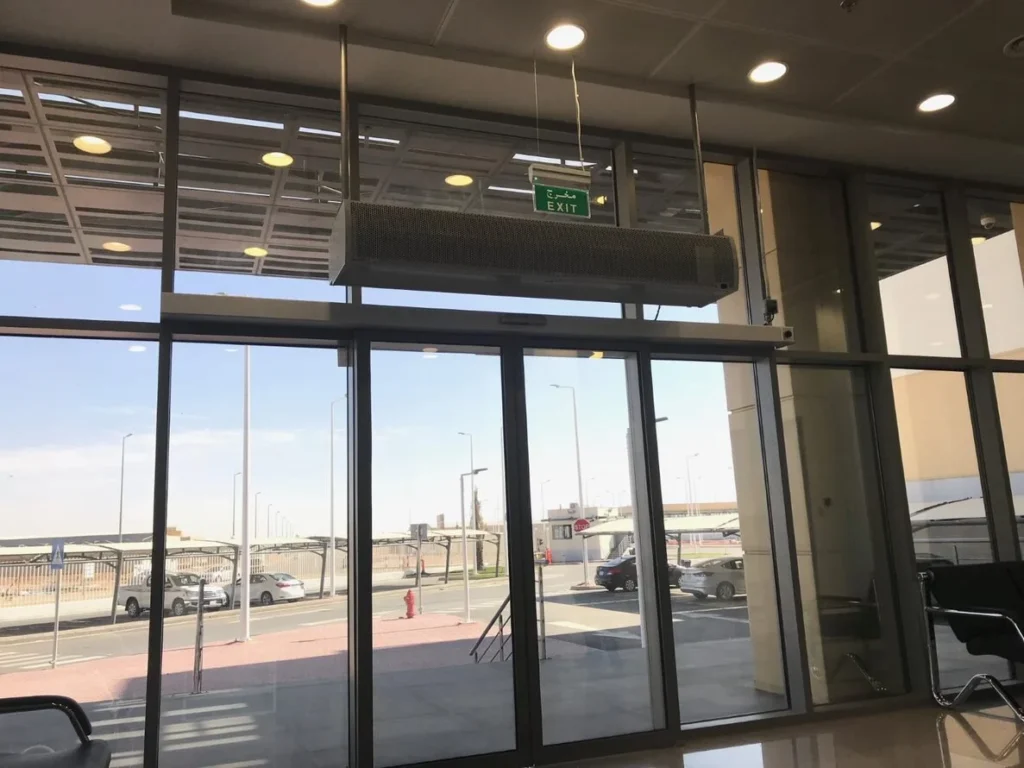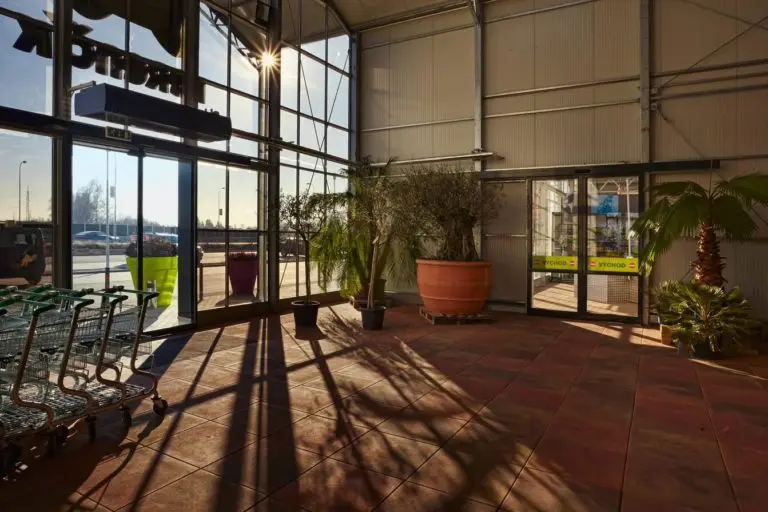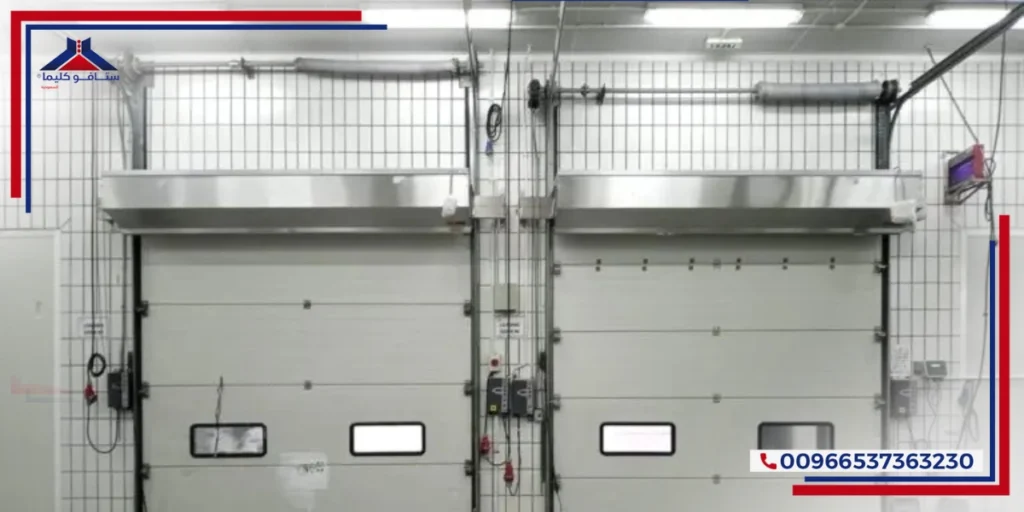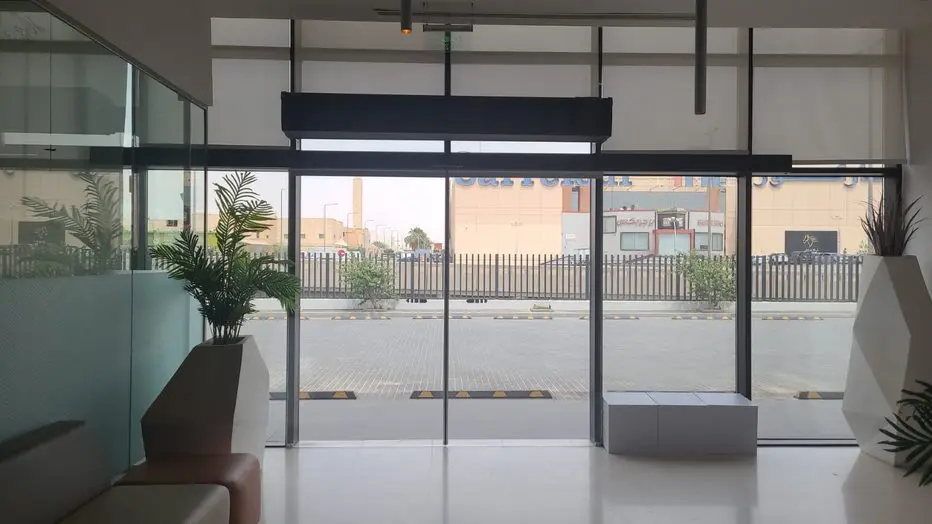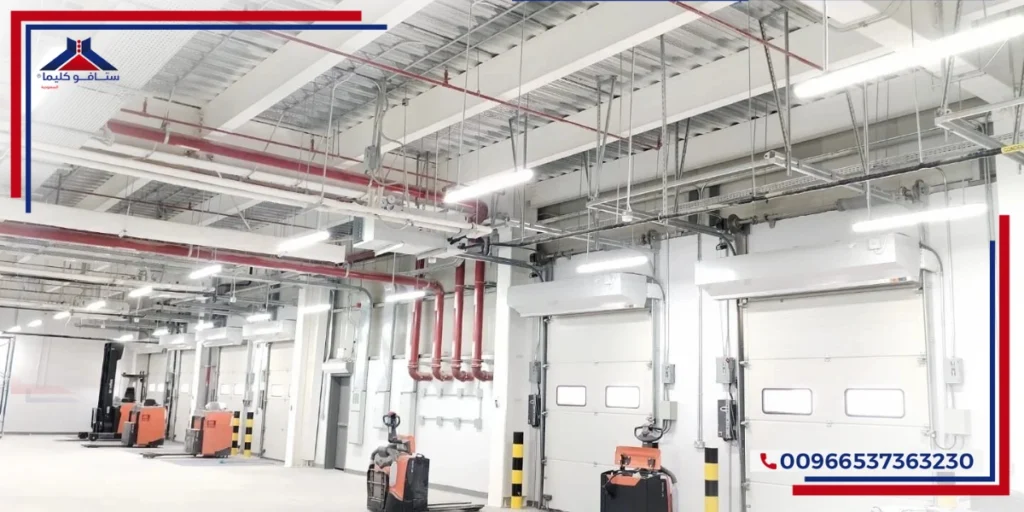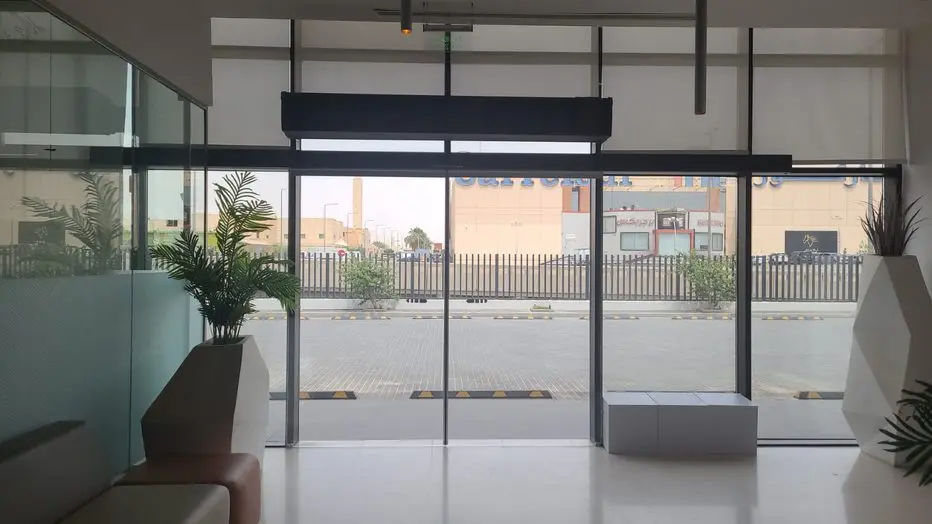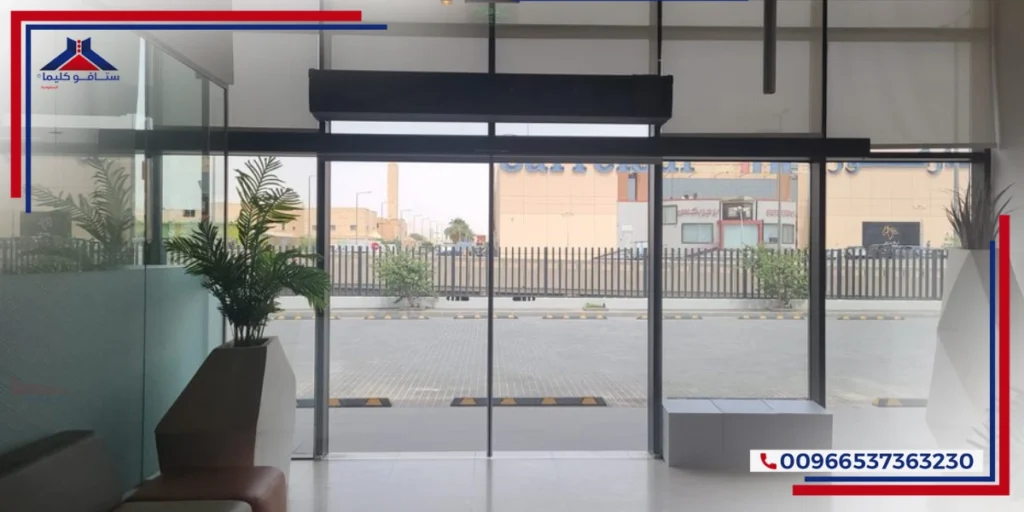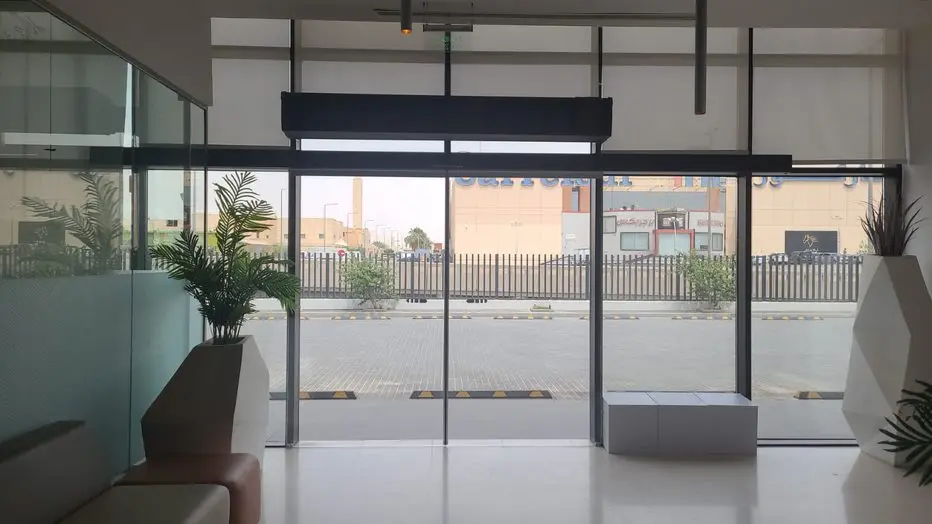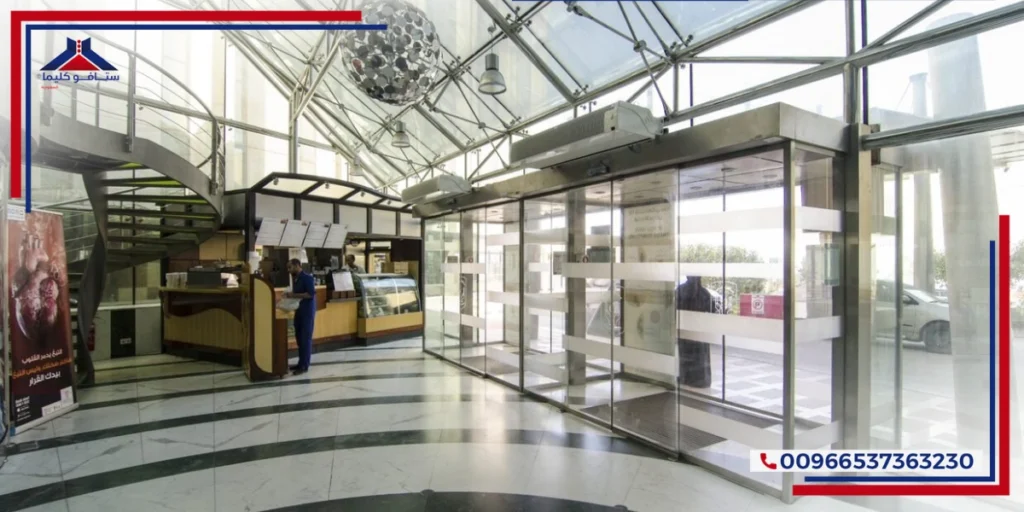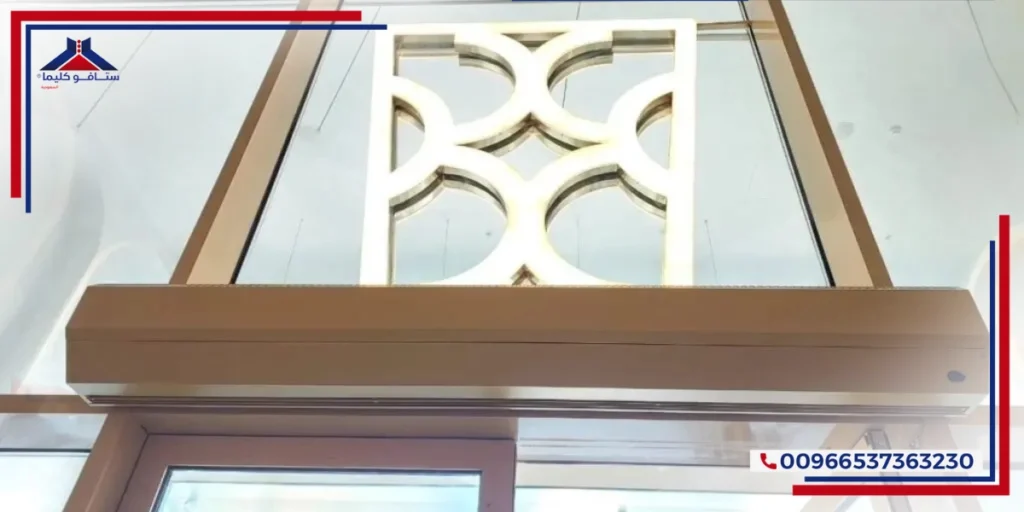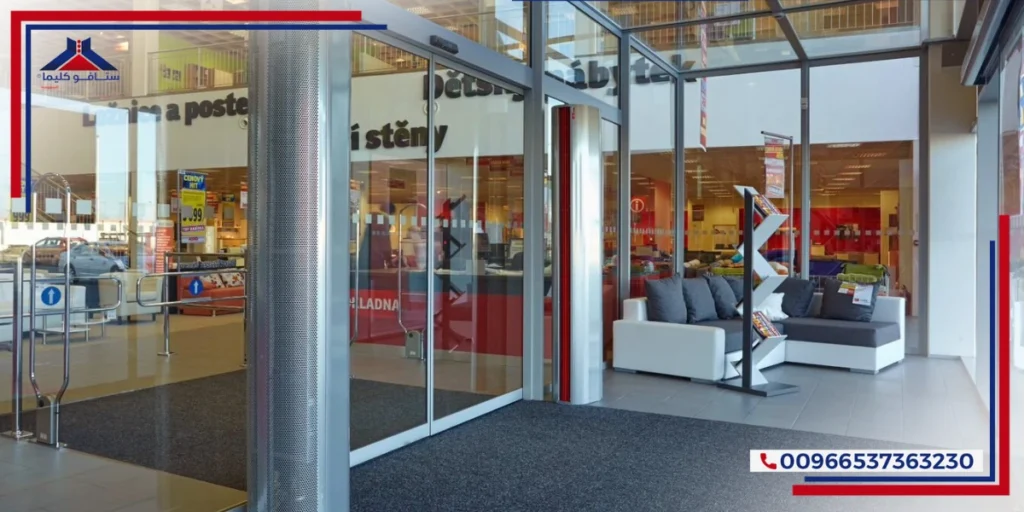Imagine a future where you live in a clean environment, with buildings and industrial facilities operating using technologies that help maintain fresh air and reduce the carbon footprint. This is not just a dream but a reality that Saudi Arabia is striving to achieve through Vision 2030.
In this article, learn how the Kingdom’s ambitious vision contributes to reducing environmental pollution and enhancing industrial sustainability through improved energy efficiency.
If you own an industrial facility or responsible for managing a commercial building, the time has come to consider how to integrate these solutions. At Stavoklima, we are with you in realizing this vision in your workplace, so don’t hesitate to take a step toward a cleaner environment!
Table of Contents
ToggleSaudi Arabia’s Industrial Vision 2030
Saudi Arabia’s Industrial Vision 2030 reinforces the shift toward a more diverse and sustainable economy. This vision aims to develop the industrial sector in ways that promote innovation and efficiency, reducing reliance on oil. Key objectives include:
- Vision 2030 encourages Boosting investments in sectors such as mining, manufacturing, and renewable energy.
- Supporting small and medium enterprises (SMEs) and adopting advanced technology to enhance productivity.
- Improving energy efficiency and reducing emissions through environmentally friendly technologies.
These initiatives collectively work toward achieving more sustainable and resilient industrial economy in Saudi Arabia.
How Does Saudi Vision 2030 Improve Energy Efficiency and Reduce the Carbon Footprint?
Saudi Vision 2030 contributes to improving energy efficiency and reducing the carbon footprint by adopting policies and strategies aimed at achieving environmental sustainability. The vision works on reducing energy consumption while promoting the use of renewable resources.
- Saudi Arabia is investing heavily in solar and wind energy projects, which helps reduce carbon emissions.
- Vision 2030 encourages the adoption of eco-friendly building standards, utilizing thermal insulation technologies and energy-efficient air conditioning systems.
- The vision aims to develop electricity distribution networks to be more efficient and reduce energy waste.
Read also: Using Air Curtains to Reduce Air Leakage in Commercial Buildings
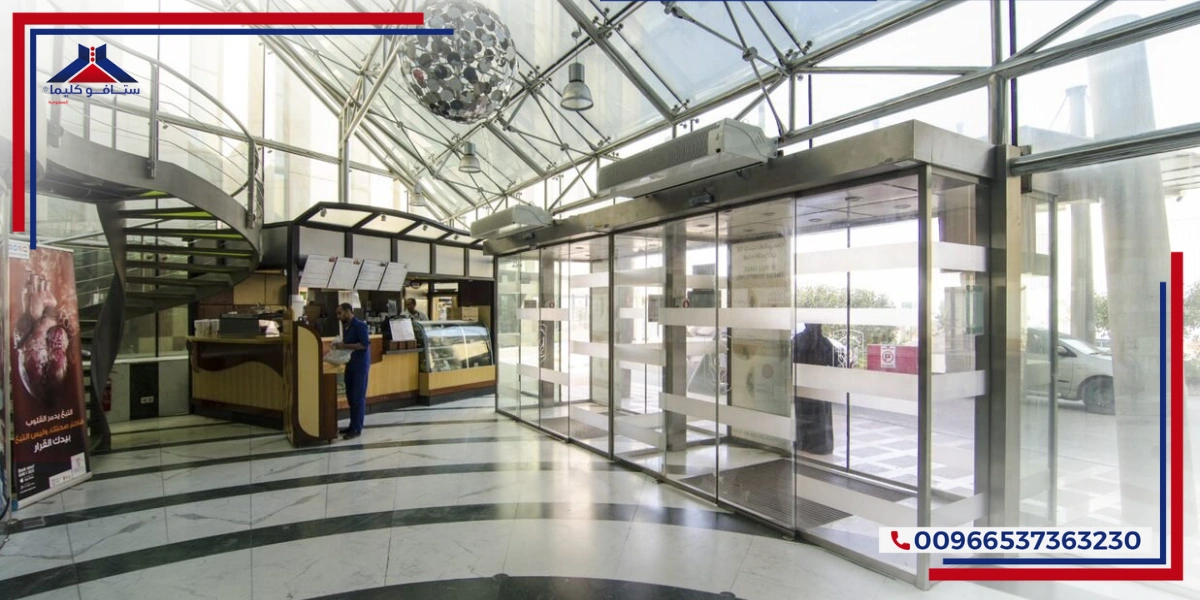
What is the main purpose of the air curtains?
The use of air curtains aims to achieve several key objectives related to improving energy efficiency and maintaining indoor air quality. Air curtains act as an invisible barrier between indoor and outdoor environments, helping to reduce energy consumption and protect the indoor environment from pollution.
- Air curtains prevent the escape of conditioned air from buildings, reducing the workload on air conditioning systems and, consequently, lowering energy costs.
- Air curtains prevent dust, dirt, and pollutants from entering indoors, thus preserving air quality.
- Air curtains maintain an optimal indoor temperature by minimizing heat exchange between indoor and outdoor spaces.
Air curtains contribute to improving energy efficiency and reducing pollution, making them an essential part of any sustainability plan for industrial and commercial facilities.
Environmental Benefits of Air Curtains in Buildings and Industrial facilities
Air curtains in buildings and industrial facilities provides important environmental benefits that contribute to sustainability and reduce the negative impact on the environment. By functioning as an air barrier, air curtains help improve energy efficiency and maintain indoor air quality, supporting the environmental goals of Saudi Vision 2030.
- Prevents conditioned air from escaping outside, reducing the need for intensive operation of air conditioning systems, and consequently lowering energy consumption.
- Enhances energy efficiency, helping to decrease reliance on traditional energy sources that contribute to greenhouse gas emissions.
- Reduces the entry of dust, insects, and other pollutants into buildings, which improves indoor air quality and reduces the need for chemical cleaning agents.
These environmental benefits contribute to enhancing the sustainability of industrial facilities and commercial buildings, making the use of air curtains an important step towards achieving a cleaner work environment and greater energy efficiency.
Read also: The shift towards green infrastructure: the role of air curtains in environmental sustainability
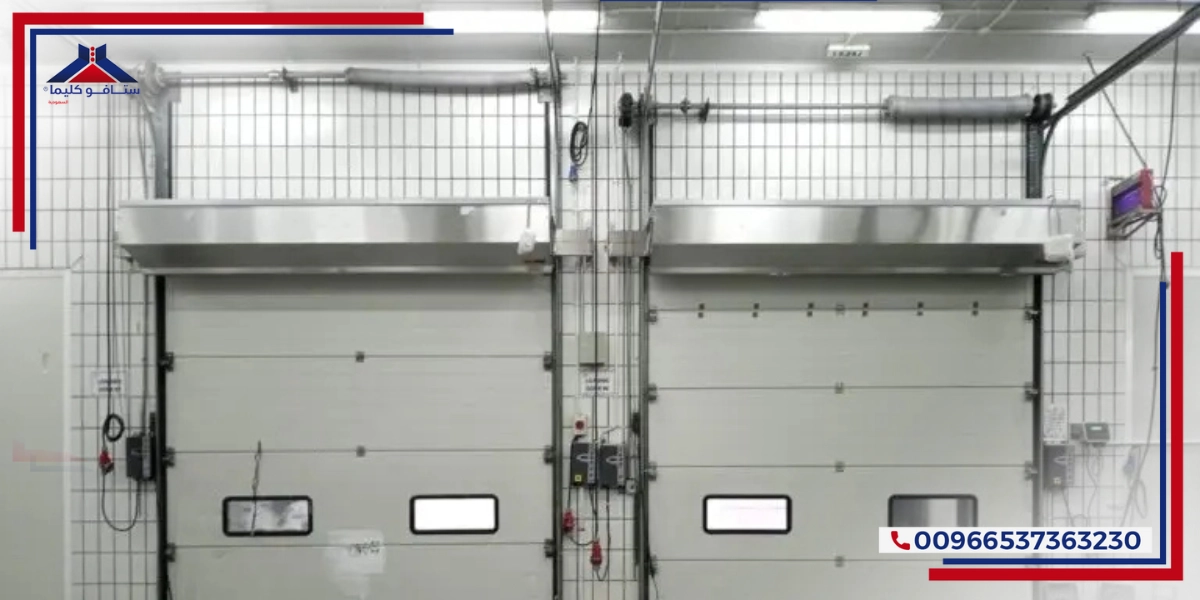
How do Air Curtains align with Vision 2030’s Industrial Goals?
Air curtains align with the industrial goals of Vision 2030 by supporting energy efficiency and sustainability in industrial and commercial facilities. Vision 2030 aims to build a diverse and sustainable economy that relies on reducing energy consumption and carbon emissions, effectively achieved by air curtains.
- Air curtains support Vision 2030’s goal of reducing energy consumption by maintaining optimal indoor temperatures, thereby minimizing the need for excessive air conditioning.
- Air curtains help reduce carbon emissions by lowering electricity consumption in industrial facilities.
- Air curtains improve indoor air quality in industrial settings, enhancing health and safety and boosting worker efficiency.
These benefits align with Vision 2030, which seeks to build a robust industrial sector that relies on modern technologies to protect the environment and improve quality of life.
How do Air Curtains Purify the Air Inside Industrial Buildings?
Air curtains contribute to purifying the air inside industrial buildings by acting as a barrier that prevents external pollutants such as dust, dirt, and insects from entering indoor areas. This important function of air curtains helps improve air quality and maintain a clean and safe work environment.
- Air curtains create an air barrier that blocks dust and pollutants from the outside environment, preserving air purity within buildings.
- Air curtains help minimize the use of harmful chemicals that affect indoor air quality, by reducing the need for frequent cleaning.
- By limiting the spread of pollutants and contaminated air, air curtains improve worker health and increase comfort within industrial work environments.
This technology helps create a safer and healthier work environment, contributing to the environmental goals of Vision 2030 to improve energy efficiency and maintain air quality.
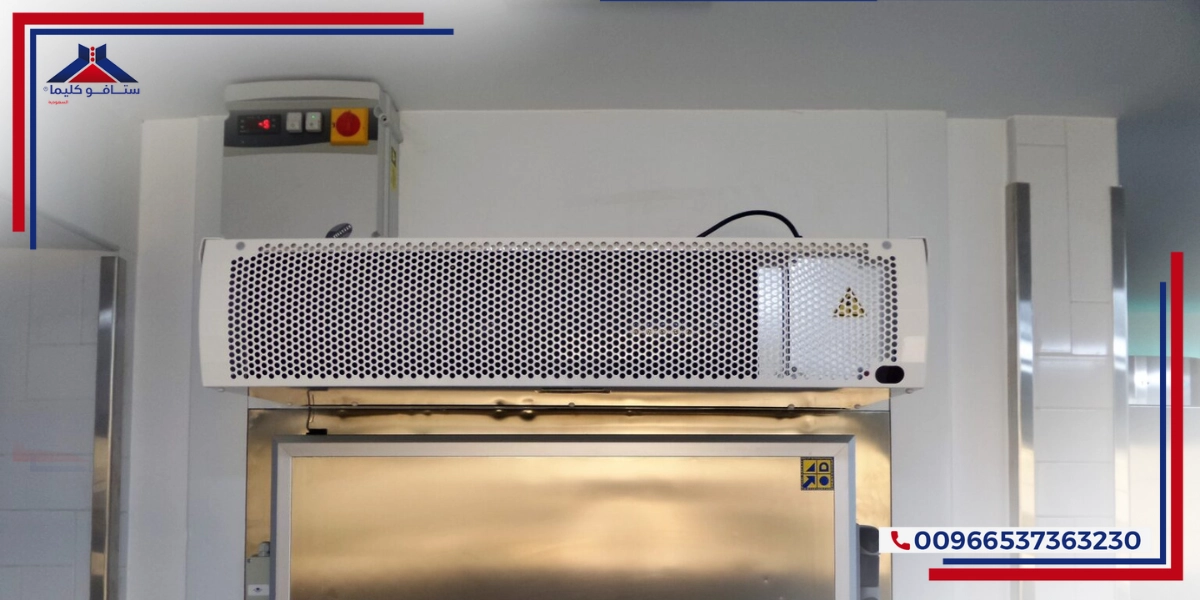
Examples of Industrial Air Curtain Applications in Saudi Arabia
Industrial air curtains are used in various facilities across Saudi Arabia that aim to improve energy efficiency and maintain indoor air quality. These applications align with the pursuit of sustainability and pollution reduction, in line with the goals of Vision 2030.
- Factories: Air curtains are used in factories to prevent dust, dirt, and pollutants from entering production areas, keeping the work environment clean and enhancing production efficiency.
- Storage Warehouses: Air curtains help protect warehouses from the infiltration of hot or cold air, reducing energy consumption and ensuring products are kept in optimal environmental conditions.
- Large Shopping Centers: Air curtains are used at the large entrances of shopping centers to prevent conditioned air from escaping, contributing to energy savings and improving customer comfort.
- Airports: Air curtains are installed in busy airport areas to ensure air cleanliness and maintain appropriate temperatures in shared spaces.
These applications demonstrate that air curtains are not only tools for improving energy efficiency but are also essential for creating a healthy and safe environment, promoting sustainability across various industrial and commercial sectors in Saudi Arabia.
Stavoklima Air Curtains: Your Partner in Implementing Vision 2030 in Your Workplace!
At Stavoklima Air Curtains, we help you effectively implement the Vision 2030 goals with our advanced technologies that prevent air leakage and maintain air quality in your workplace. We work to reduce energy consumption and protect your environment from external pollutants. Together, we create a sustainable work environment that aligns with the Kingdom’s vision.




